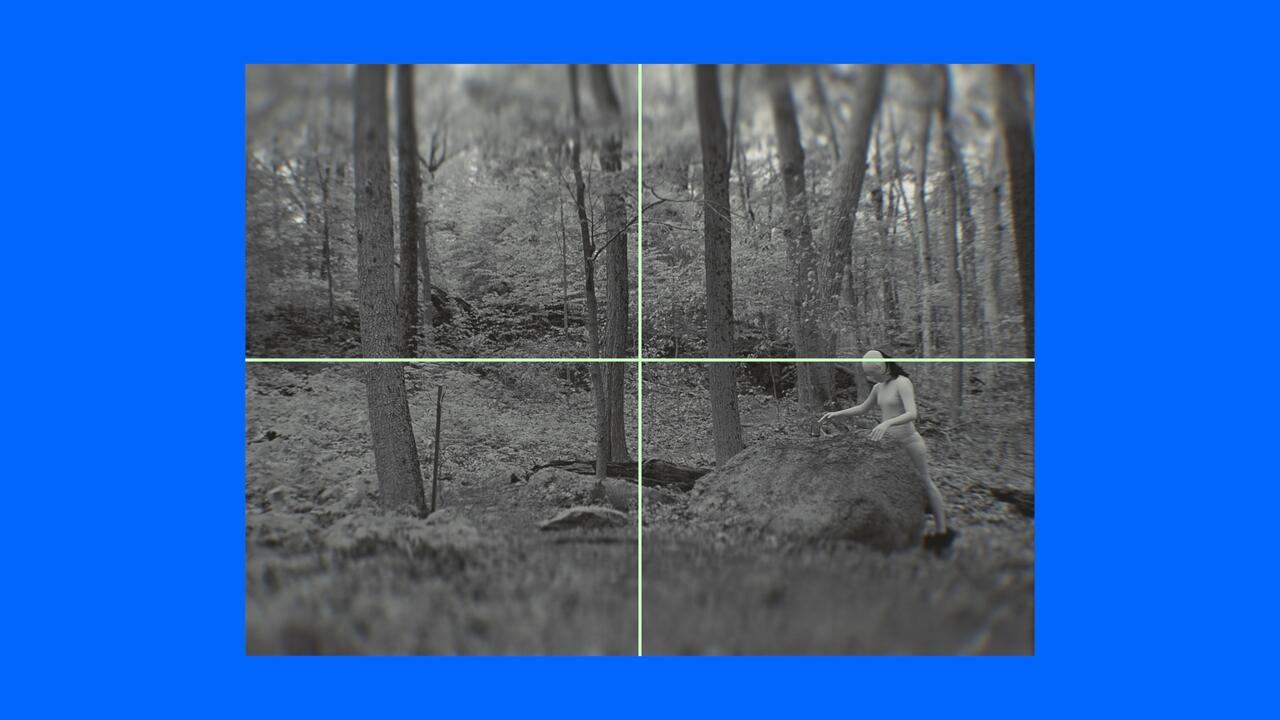Who Was Ruth Asawa? Google Doodle Pays Tribute to Japanese American Artist
The artist attended Black Mountain College where she experimented with transparent wire sculpture
The artist attended Black Mountain College where she experimented with transparent wire sculpture

Today’s Google Doodle (1 May 2019) features a tribute to Japanese American artist Ruth Asawa, to mark the start of Asian/Pacific Heritage Month in the United States. The image on Google’s homepage nods to Asawa’s hanging wire sculptures for which she is known.
Born in Norwalk, California in 1926, Asawa’s family was interred during WWII as part of the US government Japanese American internment programme, introduced shortly after the attack on Pearl Harbour. Following her graduation from the internment facility high school, Asawa enrolled at Milwaukee State Teacher’s college – however, as a Japanese American woman she was prevented from completing compulsory teaching practice.
After the war, Asawa studied at Black Mountain College with Josef Albers, where she began to make works using everyday materials, including wire. Inspired by a visit to Toluca, Mexica in 1947, Asawa witnessed local craftspeople creating wire baskets, a technique which she copied and developed throughout her life.
Describing Asawa’s wire forms in a feature in frieze, Ann Reynolds writes: ‘Transparency excited Ruth Asawa. ‘You can see right through most of my sculpture,’ she claimed, ‘so that no matter what you see, you can always also see through it.’ The majority of Asawa’s three-dimensional hanging wire works, for which she is now best known, are, indeed, transparent, their woven wire loops loosely catching one another to produce a relatively open, and somewhat uneven, mesh.’
However, Asawa’s artwork was overlooked throughout her life: ‘critics have tended to see right through Asawa’s art when comparing it to the work of more familiar, celebrated artists, such as Eva Hesse,’ writes Reynolds. ‘Subtle formal differences and individual points of reference risk falling away in these instances, as Asawa is subsumed into the stories of others or added to conventional art-historical narratives.’
In more recent years, Asawa’s work has been reassessed, and in 2017 David Zwirner took on her estate, exhibiting her work that year. Fifteen of her wire sculptures are now on permanent display at the de Young Museum in San Francisco.






















